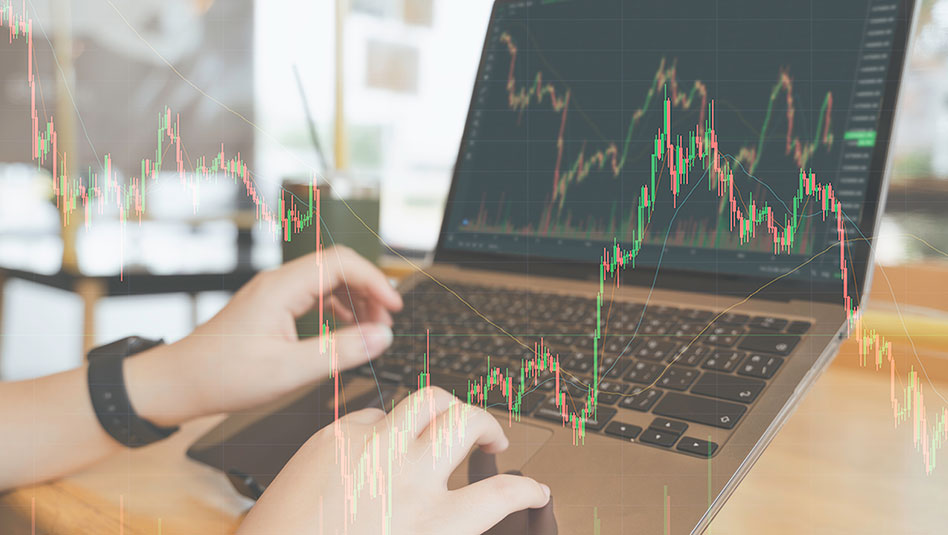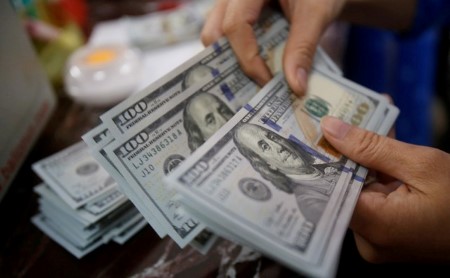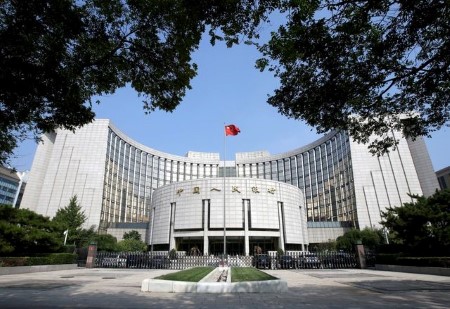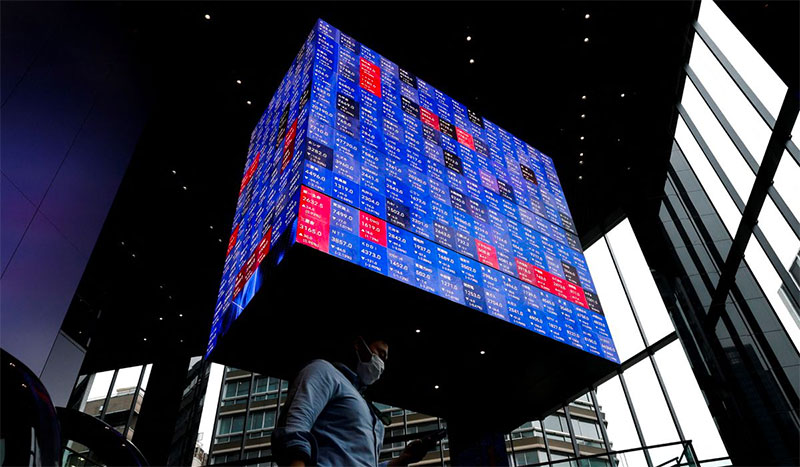LONDON, July 4 (Reuters) – Oil rose on Monday as supply concerns driven by lower OPEC output, unrest in Libya and sanctions against Russia outweighed fears of a demand-sapping global recession.
Euro zone inflation hit yet another record high in June, strengthening the case for rapid European Central Bank rate increases, while US consumer sentiment hit a record low.
Brent crude rose USD 2.26, or 2%, to USD 113.89 a barrel by 12:47 p.m. ET (1648 GMT) after falling more than USD 1 in early trade. US West Texas Intermediate (WTI) crude rose USD 2.20, or 2%, to USD 110.63, in thin volume during the US Independence Day holiday.
The Organization of the Petroleum Exporting Countries (OPEC) missed a target to boost output in June, a Reuters survey found.
In OPEC member Libya, authorities declared force majeure at Es Sidr and Ras Lanuf ports as well as the El Feel oilfield on Thursday, saying oil output was down by 865,000 barrels per day (bpd).
Meanwhile, Ecuador’s production has been hit by more than two weeks of unrest that has caused the country to lose nearly 2 million barrels of output, said state-run oil company Petroecuador.
Adding to potential supply woes, a strike this week in Norway could cut supply from Western Europe’s largest oil producer and reduce overall petroleum output by about 8%.
“This backdrop of mounting supply outages is colliding with a possible shortage in spare production capacity among Middle Eastern oil producers,” said Stephen Brennock of oil broker PVM, referring to the limited ability of producers to pump more oil.
“And without new oil production hitting markets soon, prices will be forced higher.”
British Prime Minister Boris Johnson on Monday called on the OPEC+ producer group to produce more oil to tackle a cost-of-living crisis.
Brent crude has come close this year to topping the 2008 record high of USD 147 a barrel after Russia’s invasion of Ukraine added to supply concerns.
Soaring energy prices on the back of bans on Russian oil and reduced gas supply have driven inflation to multi-decade highs in some countries and stoked recession fears.
(Reporting by Noah Browning; Additional reporting by Sonali Paul in Melbourne, Emily Chow in Kuala Lumpur and Rod Nickel in Winnipeg; Editing by Jason Neely and David Goodman)







 DOWNLOAD
DOWNLOAD







